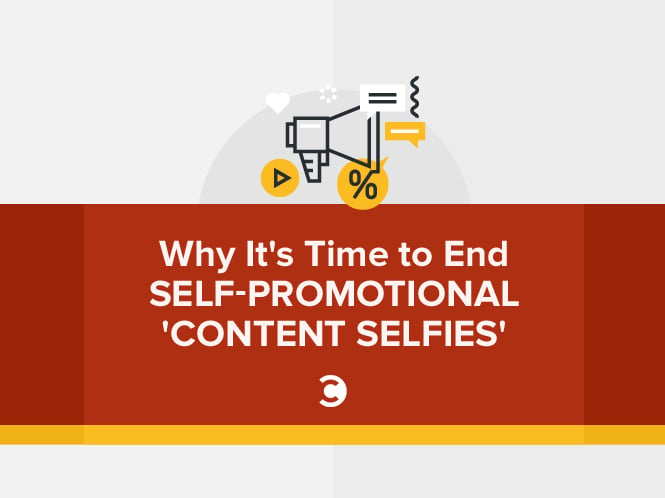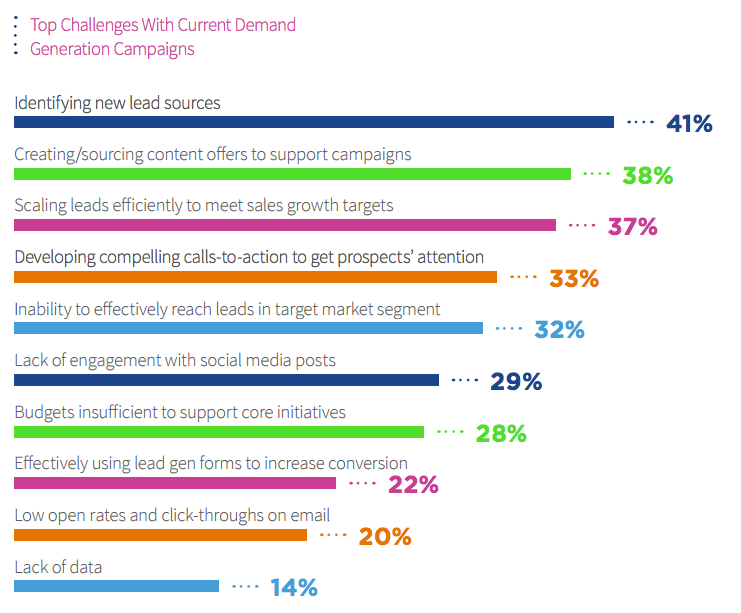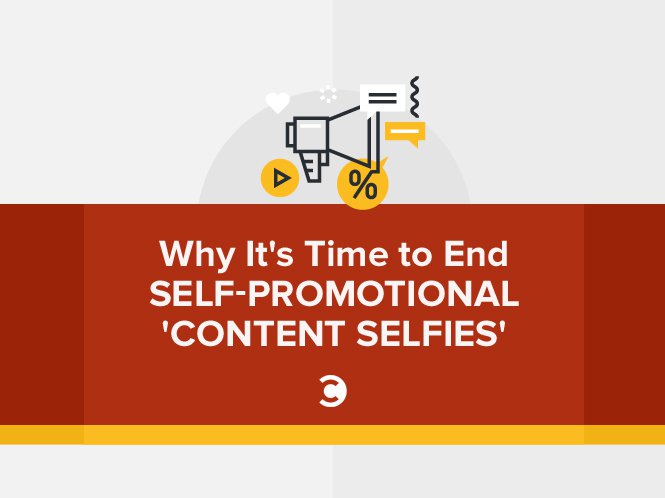Why It’s Time to End Self-Promotional ‘Content Selfies’. “We need to create valuable content that speaks to our buyers’ needs.” “Sell value, not products.” “Our marketing needs to be less about us, and more informative.” Content should be at the center of your marketing efforts. What real power does it have in isolation? And even when they do invest, they are struggling with correlating the results of the increased investments in content with stronger conversion rates from their campaigns. Advanced marketers are taking a page from the Buzzfeeds of the world and differentiating their campaigns with more engaging, interactive content that creates a dialogue with their prospects. 5 Types of Engaging Content to Try Today So how do you actually create content that is valuable and engaging to prospects? Here are just a few examples: Assessments are used to deliver customized results based on how a user answers a series of questions. Common examples include ROI calculators, cost calculators, revenue generation calculators, and time savings calculators. Interactive infographics combine the power of communicating information visually with the engagement of interactivity. An interactive video incorporates a wide variety of interactive elements directly into the video itself, including hot spots, questions, calculations, lead generation, and more.

“We need to create valuable content that speaks to our buyers’ needs.”
“Sell value, not products.”
“Our marketing needs to be less about us, and more informative.”
Content should be at the center of your marketing efforts. That’s not earth-shattering, but an all too obvious fact in our buyer-centric world. A recent survey from Demand Gen Report and SnapApp found that the majority of B2B marketers are already using or are planning to use content as a central component of their campaign strategy.
We can talk the talk but, as it turns out, have trouble actually delivering on what we promise. We’re doing a whole lot of speaking in platitudes like “content is king,” but there doesn’t seem to be a whole lot of “doing” actually happening. A small number—just 18 percent—of B2B marketers say they are “extremely confident” in the effectiveness of their campaigns.
So what gives? Why don’t we seem to have faith in what we’re putting out to the market?
Is Content a King in Name Only?
When I think about great kings and monarchies, my mind goes to Great Britain. While Queen Elizabeth has the title that makes her the sovereign head of state, her powers are not absolute. Things only happen if she works with Parliament, who have the power to pass legislation that drives change.
Whenever I hear “content is king,” I wonder if there are some similarities.
Is content our king in name only?
What real power does it have in isolation?
Is calling content our king enough to effect real change and make a difference to our marketing program, or is content just one piece of the puzzle?
The reality is that it’s not just creating content alone that matters. What we create needs to be engaging and valuable, and it also needs to be amplified as part of content-enabled campaigns.
While we have the best intentions and want to make content the center of our efforts, there are some constraints holding us back. Almost half (40 percent) of marketers say they feel they simply don’t have the resources to create enough content. And even when they do invest, they are struggling with correlating the results of the increased investments in content with stronger conversion rates from their campaigns.
So what’s happening? We’re spending tons of energy optimizing the subject lines of our emails to the nth degree, but not doing the same for the content that goes into those campaigns. We create “good enough” content that’s a minimal viable product for our needs—campaign filler that’s all about us.
Julie Ogilvie, research director for strategic communications management services at SiriusDecisions, put it best: “It’s not that they’re bad at creating content, but it tends to be about the company and product. It’s like a content selfie.”

Two-Way Conversations Are on the Rise
What type…

COMMENTS